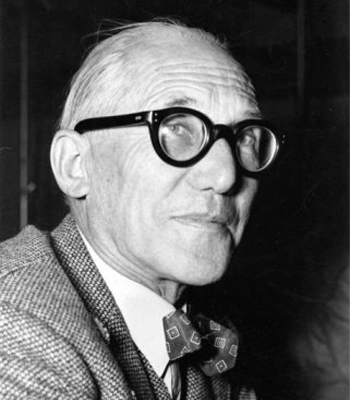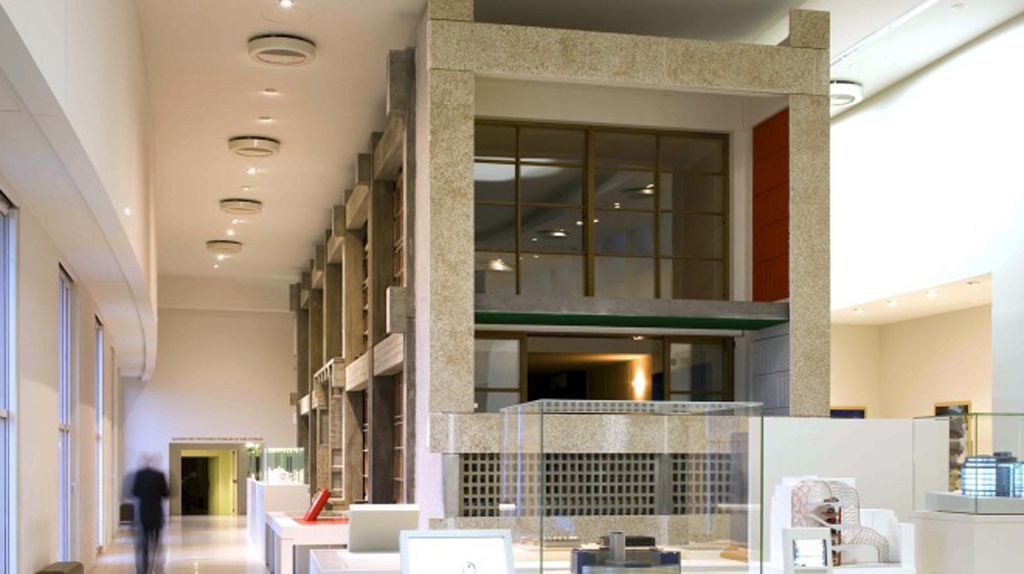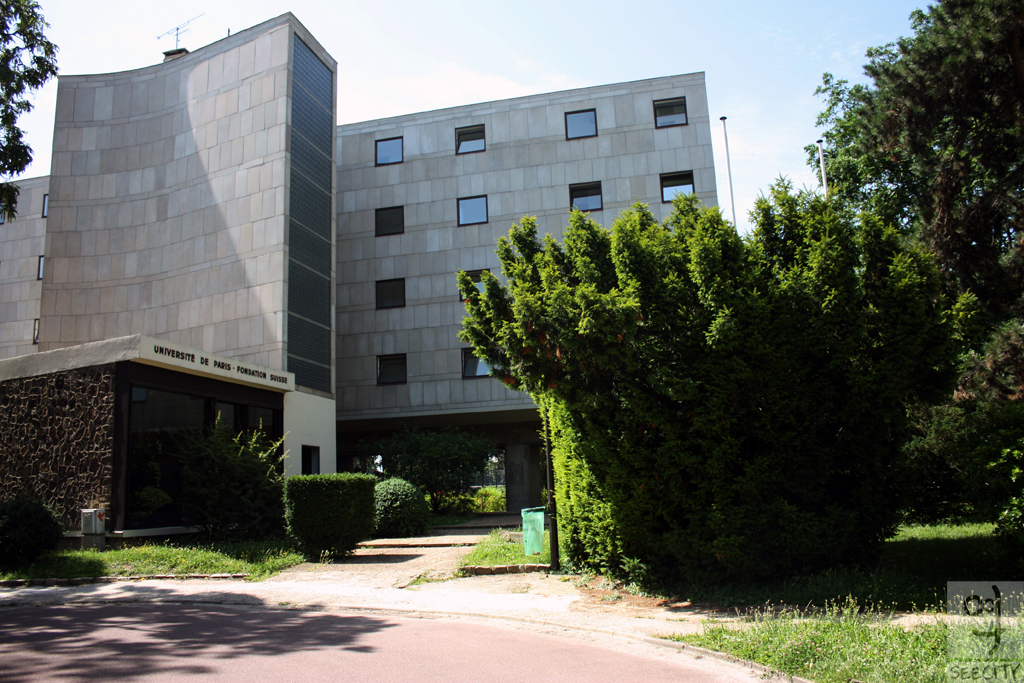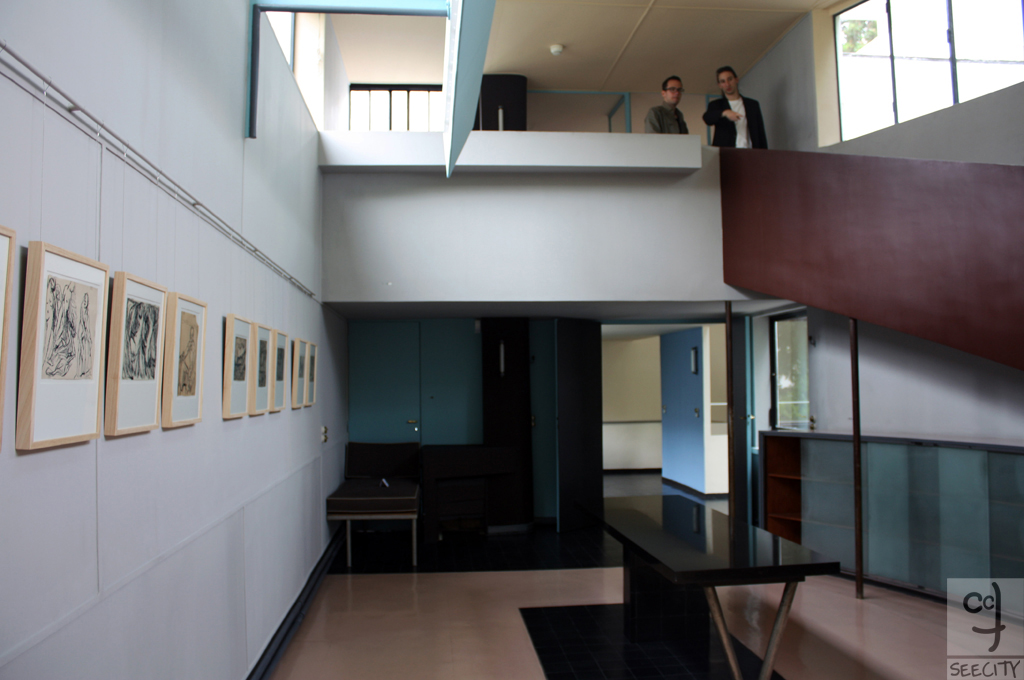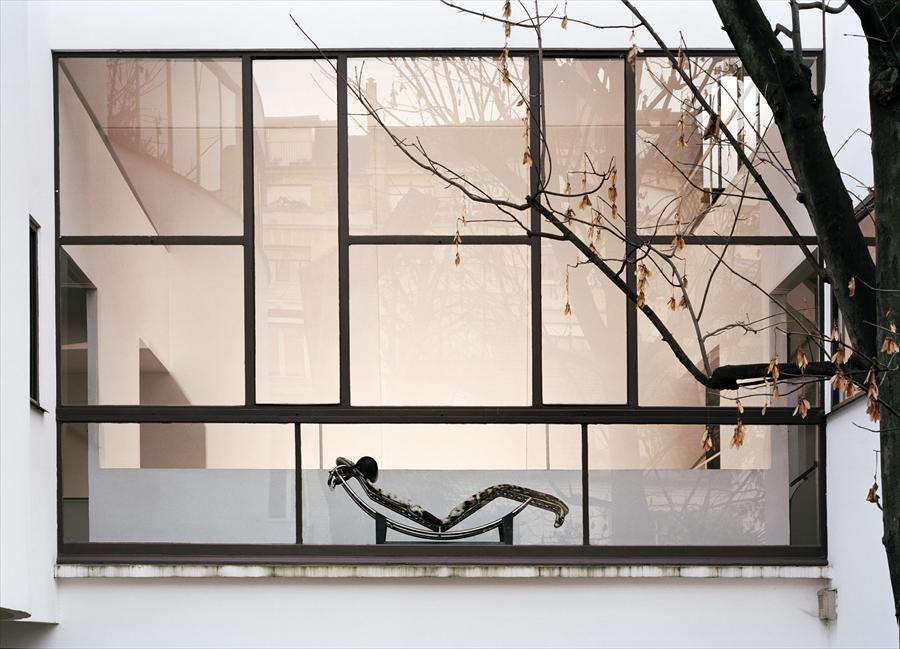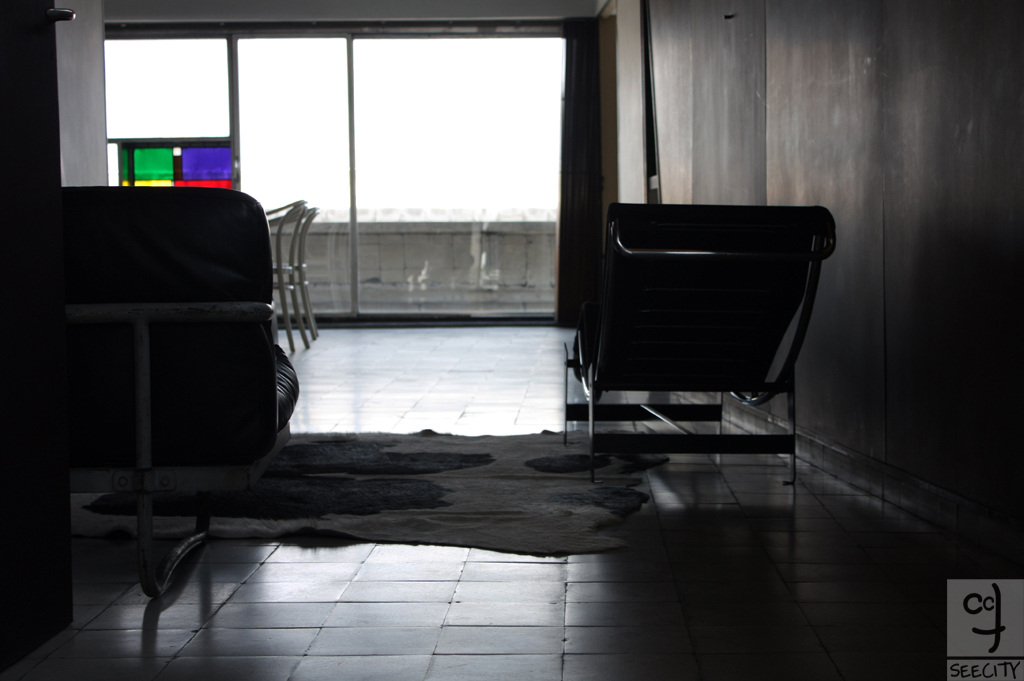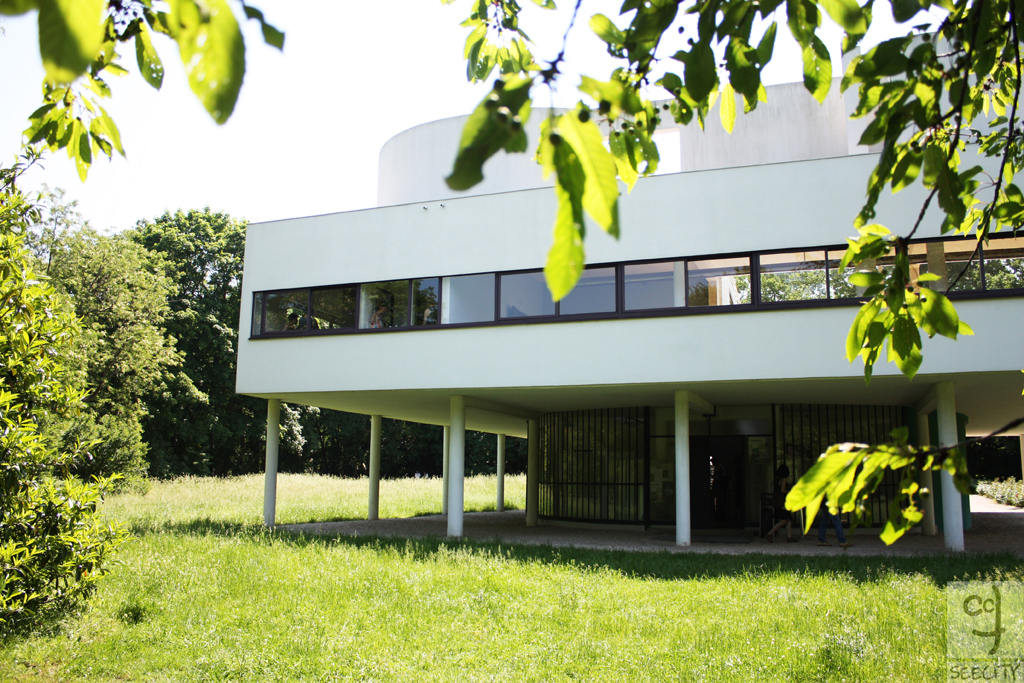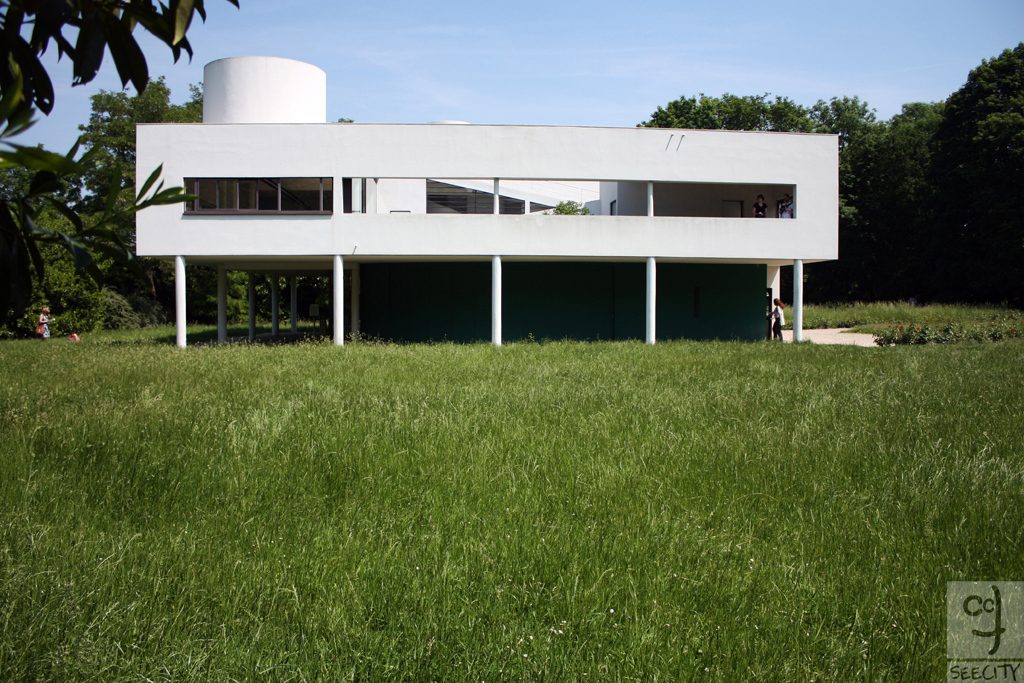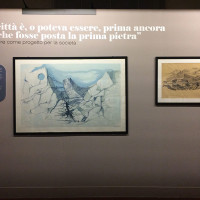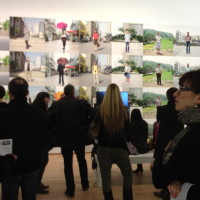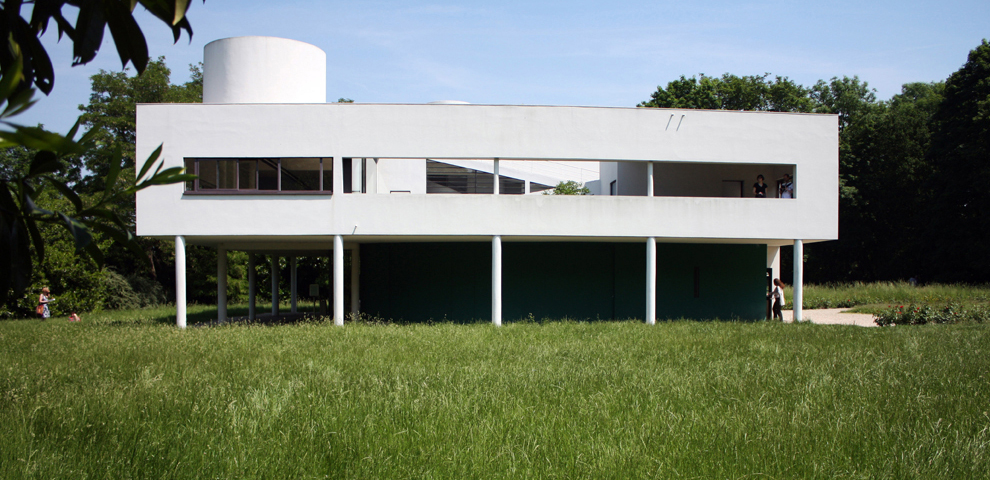
This story is sponsored by:
–
–
–
–
PARIS Charles-Edouard Jeanneret (1887-1965), theorist of Purism, makes his debut as an architect at the age of 20. He firmly believes in the unity of arts and this idea will never abandon him. It has a brainwave visiting the Certosa del Galluzzo, in Val d’Ema, near Florence, and this fact will be decisive for the successive urban projects. Even the meeting in Paris with the Perret brothers, structural engineers, influences the work of Jeanneret: particularly, their exaltation of standardization and industrialization of construction components. After the experiences in Germany and Switzerland, in 1917 he moves to the French capital. He’s fascinated by the concept of space and the white baroque studied and applied to the planimetries of Paris. In 1920 he begin to use the name that will make him famous: Le Corbusier, from his cousins Lecorbesier (corbeau=raven). Its purist-modernist period finds the highest expression in Villa Savoye (Poissy, 1928). He’s also a urban planner: for example, his plans in North Africa and South America, based on the project so-called Ville Radieuse (1930). His architectural thinking can be summed up in 5 points: the use of stilts, the roof terrace, the free plan, the free facade, the ribbon window. Le Corbusier is also the inventor of the Modulor, a theory based on the golden section and on which he’ll develop his projects, such as the Unité d’habitation (Marseille, 1945).
Paris houses the Fondation Le Corbusier, that works for the conservation of his works in France and beyond. And starting from Place du Trocadero, the large terrace overlooking the Eiffel Tower, you can take a tour to visit the works of the architect who designed the elegant Chaise Longue and also dictated fashion: the round-shaped glasses (lunettes in french, custom-made by the Maison Bonnet), so-called modèle Le Corbusier.
 “Architecture is the masterly, correct and magnificent play of masses brought together in light. Our eyes are made to see forms in light; light and shade reveal these forms; cubes, cones, spheres, cylinders or pyramids are the great primary forms which light reveals to advantage; the image of these is distinct and tangible within us without ambiguity. It is for this reason that these are beautiful forms, the most beautiful forms.” – Le Corbusier
“Architecture is the masterly, correct and magnificent play of masses brought together in light. Our eyes are made to see forms in light; light and shade reveal these forms; cubes, cones, spheres, cylinders or pyramids are the great primary forms which light reveals to advantage; the image of these is distinct and tangible within us without ambiguity. It is for this reason that these are beautiful forms, the most beautiful forms.” – Le Corbusier
*
ArchitecTour: the tour we propose here is developed from the centre to the suburbs of Paris; so there is not any chronological or stylistic order among the works by Le Corbusier, described below.
1) Example of Unité d’habitation @ Cité de l’Architecture et du Patrimoine – Le Palais Chaillot, 1 Place du Trocadéro – Métro: ligne 6-9 “Trocadéro”
The Unité d’habitation, built in Marseille in 1945, is a 17-storey high residential building consisting of 337 alike apartments. Here you can see an example of a housing unit. Le Corbusier’s idea of “home” has two distinct schools of thought: on the one hand, it must ensure the protection of its inhabitants from negative interferences and on the other, it must be placed in an environment that fosters the relationship between the family and the social group, in a sort of vertical village. The size, the space, the furniture are proportionate to the Modulor. The Museum offers a 1:1 scale model of one of the housing built in Marseille: the visitor can get in, feel the space and understand the thinking of the architect. It’s open every day except Tuesdays and holidays. Advisable to go at night on Thursday until 21:00.
2) Pavillon Suisse de la Cité Universitaire (1931-1933) – RER B Cité Universitaire – Métro : ligne 4 “Porte d’Orléans”
Located in the green park of the university town, just outside of Paris, the Swiss pavilion impresses for the duality of its faces, depending on whether the observer is at north or south. To enter, you must overtake the stilts under the body of the building. You can visit a part and for groups by reservation. It’s open every day.
3) Maisons La Roche-Jeanneret (1924-1925) – Square du Docteur Blanche 75016 – Métro: ligne 9 “Jasmin”
The placement of the two houses – which are immersed in the hausmannian buildings of one of the most residential and bourgeois neighborhood of the Ville – is the result of the adaptations caused by the parcelling plan of the ground. The hall is the hinge between the two houses that develop in various heights. Maison La Roche is visitable and it’s required to wear socks over the shoes. It’s closed on Mondays morning, Sundays and holidays. You don’t need any reservation for individuals, differently it’s required for groups. Maison Jeanneret is a library and it can be accessed only by reservation. It’s currently the office of the Fondation Le Corbusier.
4) Appartement-Atelier de Le Corbusier (1931-1934) – 24, Rue Nungesser et Coli, 75016 – Métro: ligne 10 “Porte d’Auteuil”
Located on the top floor of the Molitor property in a peripheral, elegant and residential frame, the apartment and studio of the architect is on two levels – all visitable – of 240 sqm. It’s still preserved the ’20s furniture and the colors designed and conceived by the architect himself. The dividers between the various spaces are almost formed by mobile elements, but protecting the most intimate parts. There is a study on the light very interesting: particular lamps create a Mediterranean light that suppresses the shadows. Reservations are required. Open only on Saturdays.
5) Villa Savoye (1929-1931) – 82 Rue de Villiers, Poissy – RER A “Poissy”
The house, on top of a hill on the outskirts of Poissy, is pivoted on the circulation: on the ground floor, the perimeter is drawn by the cars’ route, while at the upper two floors it’s organized around the circulation system of people. A ramp, that starts from the ground floor, lets get on top of the house, the roof-garden where you can admire the view. The plant is organized into two zones arranged in an “L” along this ramp. Open daily, except Mondays and holidays. It’s advisable to go at the weekends for owners of RATP passes (Imagine R e Navigo), because the trip is free.
*
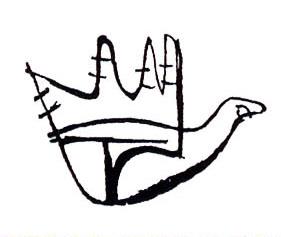 To know more: Fondation Le Corbusier. * La Main Ouverte (the open hand) is the logo of the foundation. – Site: www.fondationlecorbusier.fr | Facebook: Fondation Le Corbusier
To know more: Fondation Le Corbusier. * La Main Ouverte (the open hand) is the logo of the foundation. – Site: www.fondationlecorbusier.fr | Facebook: Fondation Le Corbusier
Images’s sources:
– “chaise longue” graphic: ceciliapolidoritwicedesign.blogspot.it
– “glasses” graphic: archshrk.com
– photos without the “seecity” watermark: www.fondationlecorbusier.fr
–


